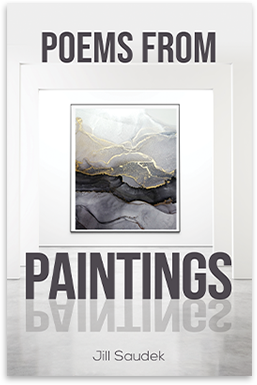
Love in paintings and poems
Children often seem to be a focal point of the paintings that I chose. I have already mentioned the joyful girl in Balla’s Young Girl Running on a Balcony and the frightened, mute boy in Chardin’s The Governess. Here are a few more examples.
De Chirico’s ominous The Mystery and Melancholy of a Street portrays
“a shadow child hurtling headlong”
as “She rushes onward, all danger ignored”
while “We must see the land of shadows loom beside her”
evoking a feeling of helpless pity for the innocence that must be shattered.
I saw a similar theme in Berthe Morisot’s lovely The Cradle, where the mother, only too conscious of the
“man-made wilderness of tangled streets”
beyond the
“thinnest gauze”
and the “flimsy curtain”
of the cradle,
watches over her baby, knowing that she
“Cannot keep him from the world of harm”
yet also that when he wakes and
“meets her loving gaze”
then
“all the fragility of gauze,
all the world’s weary, angry ways
will fade and dim”
in the loving communion of that moment.
I found Munch’s The Dead Mother and Child disturbing, as the
girl cannot accept the reality and turns away from the deathbed, closing her
ears to the adult mourners’
“Sound of muffled weeping, or much worse, of
silence;
She’s turned her back on what she loves the most,
Outstaring death in desperate defiance
Of what he takes and of what she has lost…”
In contrast, De Hooch’s Woman and Child
“Showed us through this painting what life meant:
The child’s delight at her discovery,
Her halo of bright hair, heaven-sent,
Her mother’s joy in her dear family…”
The painting is made all the more poignant from our knowledge of the artist’s children’s early deaths and his own death in a madhouse.
Coming next: Animals in paintings and poems
Post Views : 502